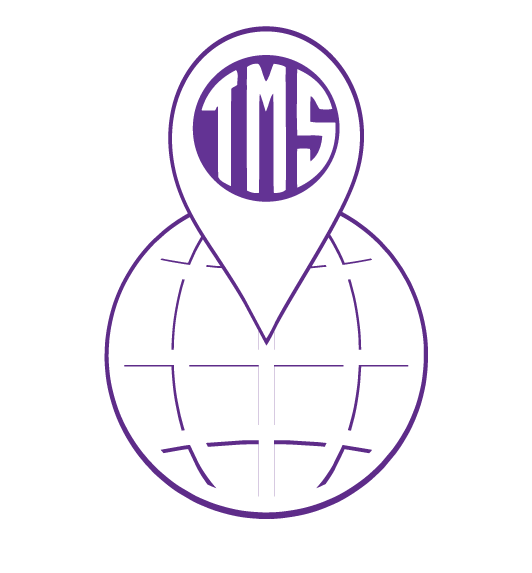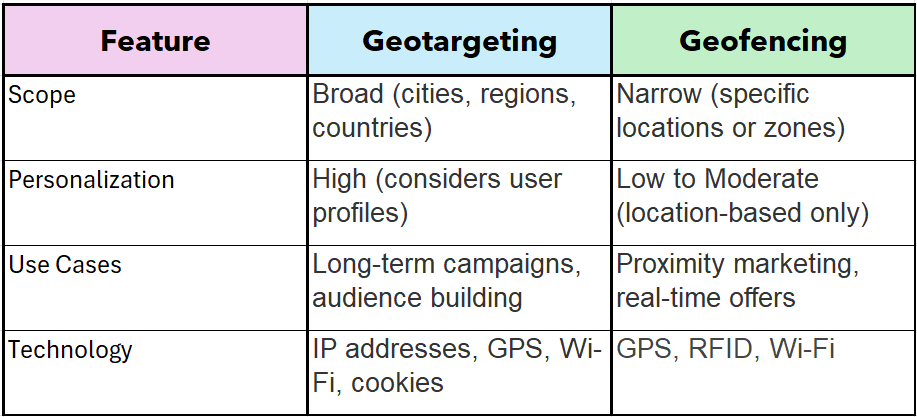Geotargeting vs. Geofencing: Understanding the Differences

Published Jan. 22, 2025 - Kirstyn M. Yancy
Key Features of Geotargeting:
A retail chain could use geotargeting to show ads to people in New York City who have previously searched for running shoes or visited fitness websites.
Key Features of Geofencing:
A coffee shop could set up a geofence around its location to send a discount notification to users who walk by the shop.
In today’s digital marketing landscape, location-based strategies are becoming increasingly critical for businesses seeking to reach their audiences with precision. Among the most popular tools in the marketer’s arsenal are geotargeting and geofencing. While these two strategies sound similar and both leverage location data, they serve different purposes and are suited for distinct use cases. Let’s break down the differences, benefits, and applications of geotargeting and geofencing.
What is Geotargeting?
Geotargeting refers to delivering content, advertisements, or offers to users based on their geographic location. This approach considers not just a user’s current location but can also factor in demographic data, interests, browsing history, and behavioral patterns. Geotargeting is a more personalized strategy, allowing businesses to tailor messages to specific audiences within a location.Key Features of Geotargeting:
- Precision: Combines location data with other user attributes.
- Personalization: Messages are customized based on user profiles.
- Flexibility: Can target broader areas like cities, states, or countries.
A retail chain could use geotargeting to show ads to people in New York City who have previously searched for running shoes or visited fitness websites.
What is Geofencing?
Geofencing involves creating a virtual boundary around a specific location. When users enter or exit this predefined area, they can receive targeted notifications, alerts, or advertisements. Geofencing focuses purely on the real-time geographic location of users, making it ideal for proximity-based marketing.Key Features of Geofencing:
- Real-Time Engagement: Triggers actions based on a user’s live location.
- Specificity: Focuses on a tight radius, such as a building or event venue.
- Simplicity: Targets anyone entering or exiting the defined area.
A coffee shop could set up a geofence around its location to send a discount notification to users who walk by the shop.

